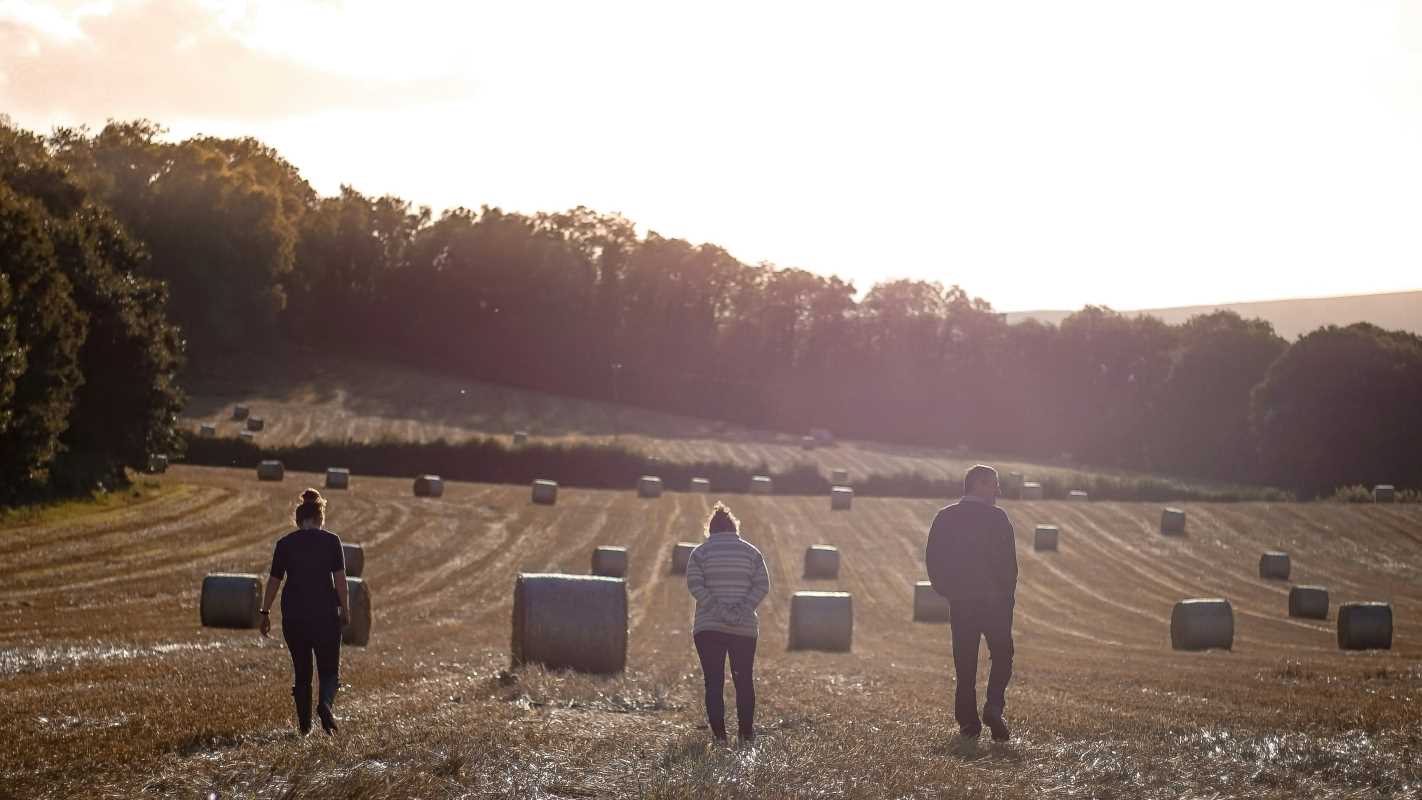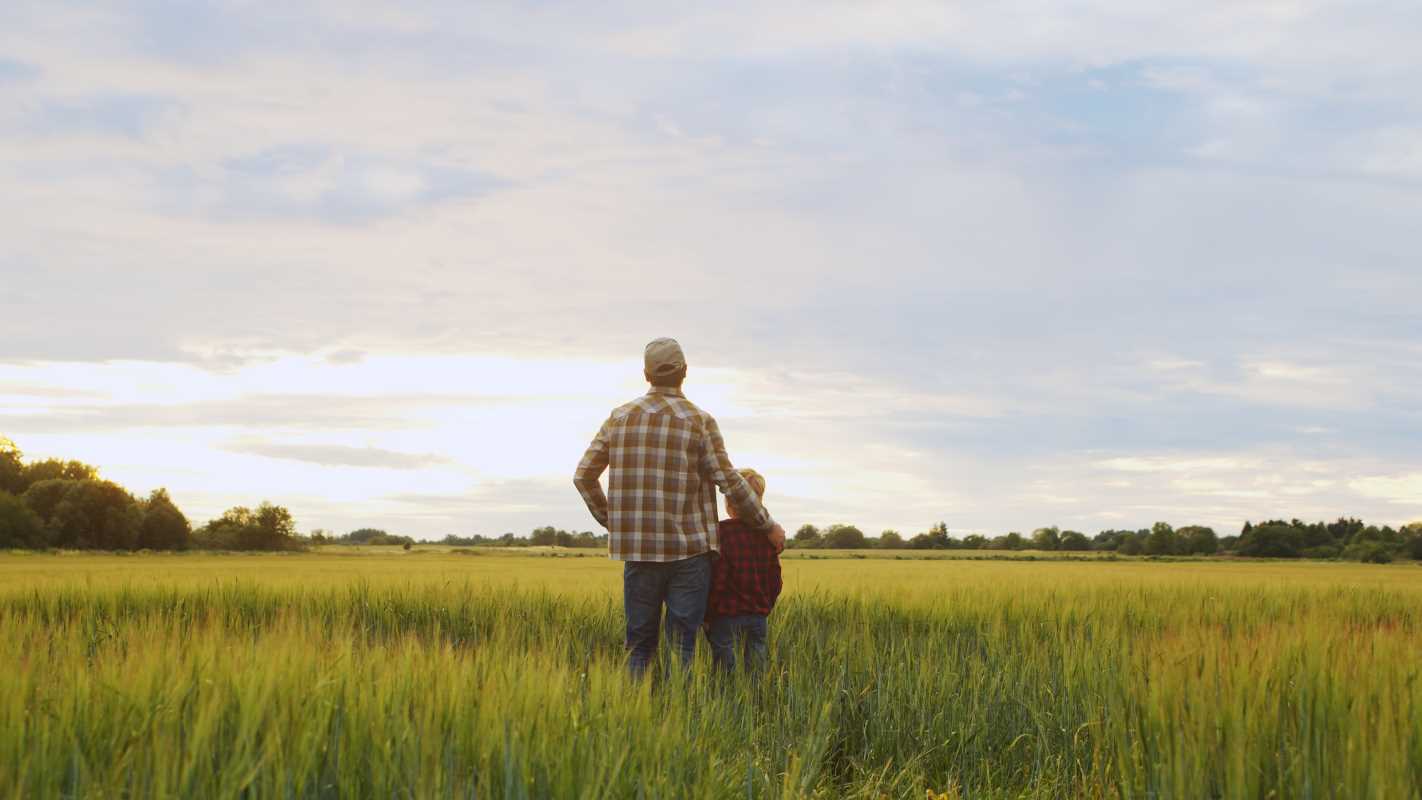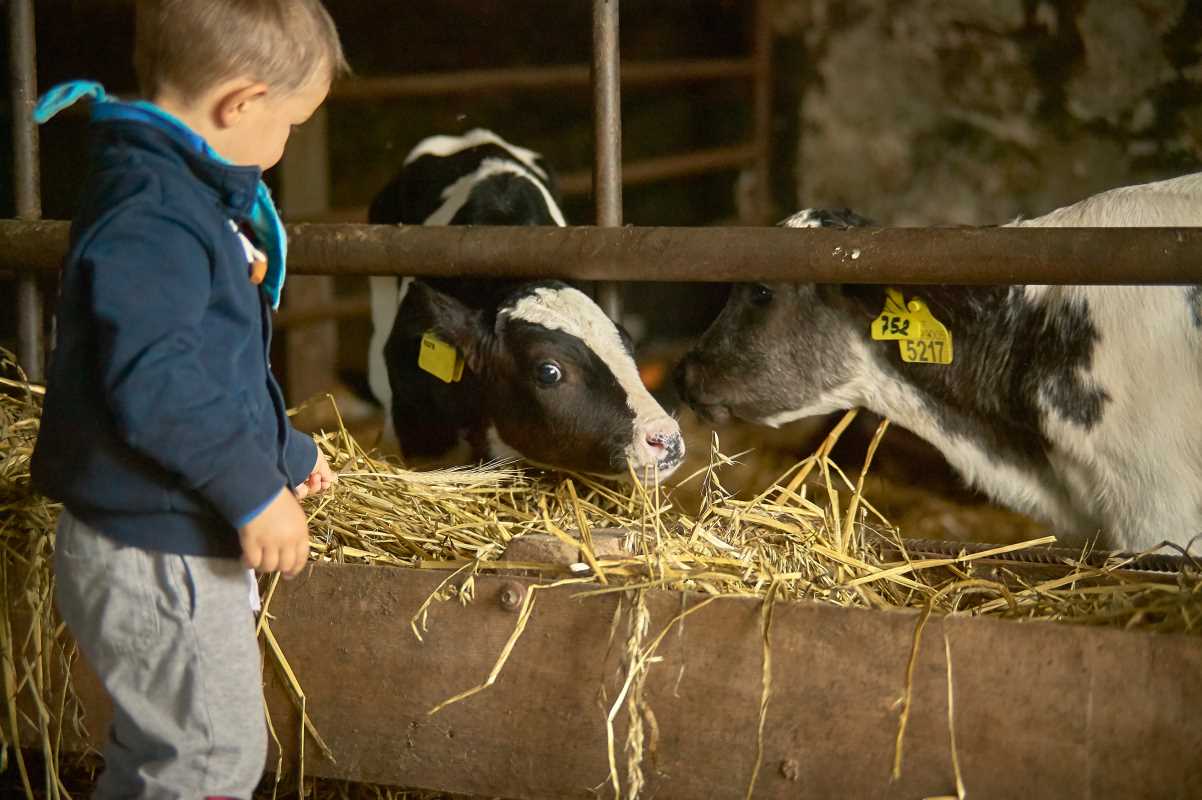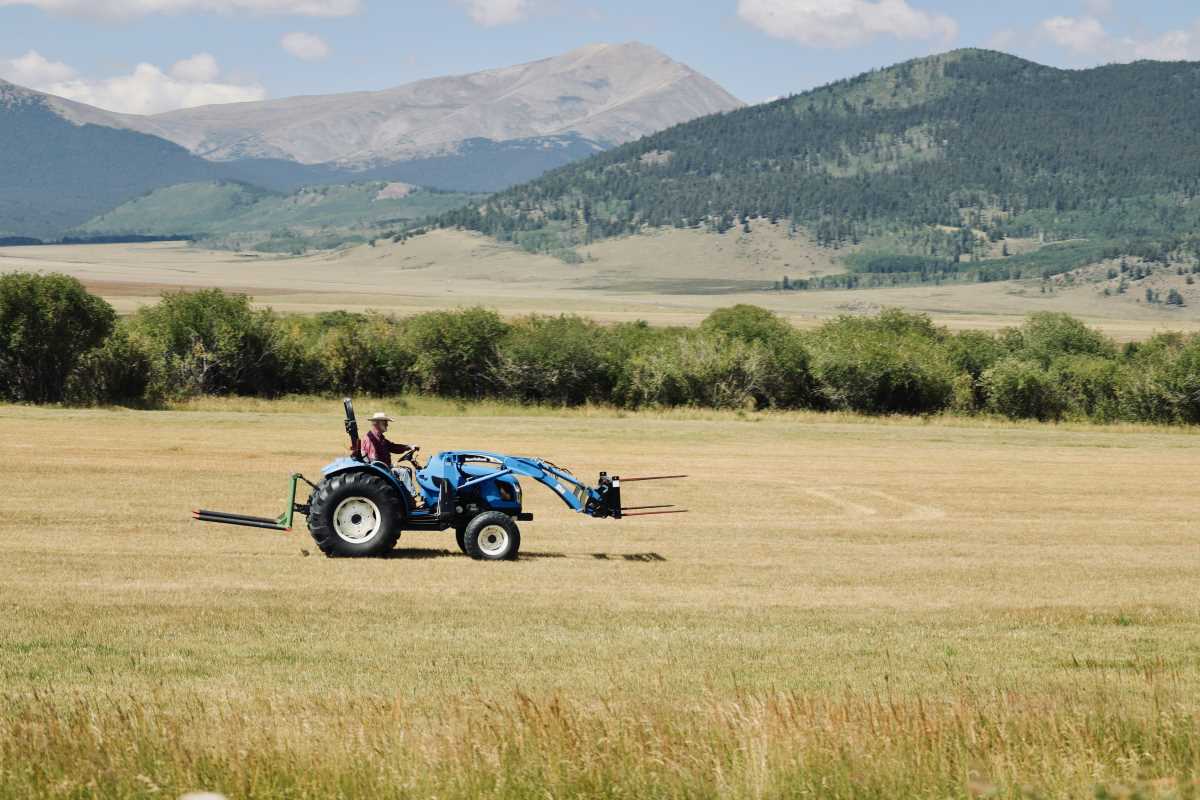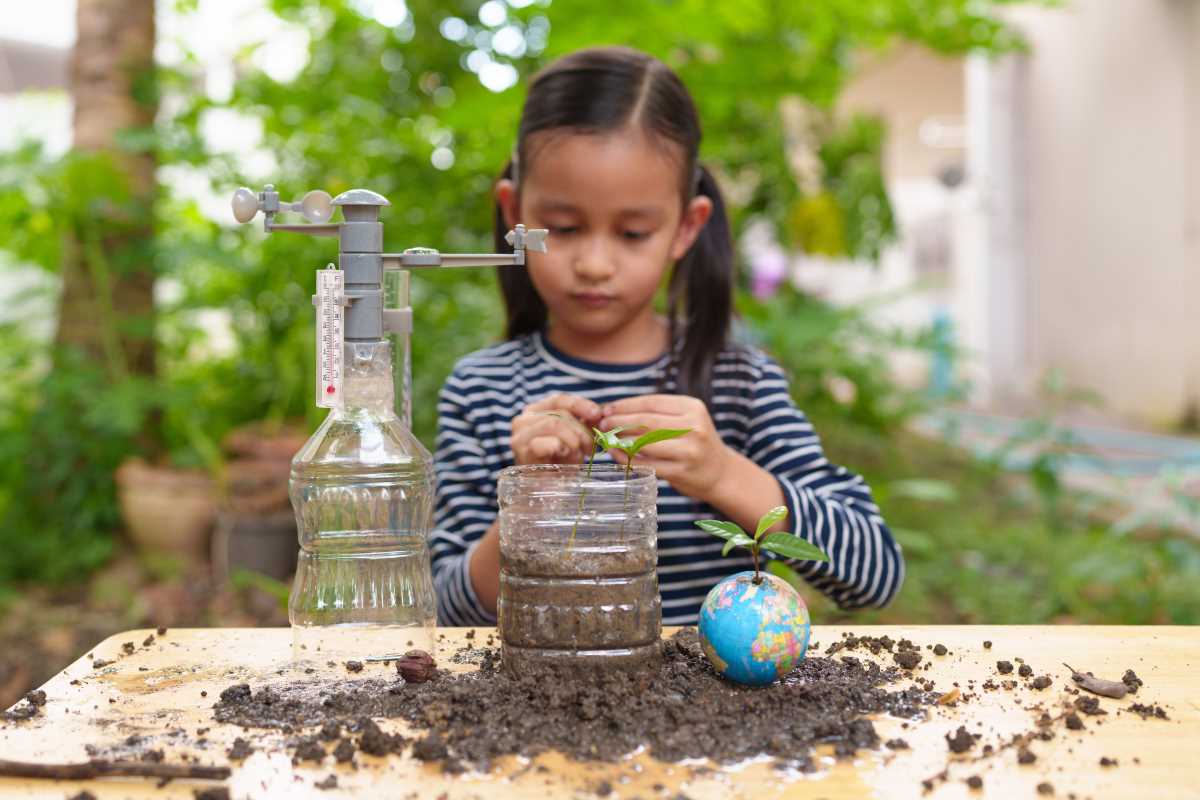Colorful blooms and fragrant herbs can draw bees, butterflies, and hummingbirds into any garden, turning it into a vibrant space teeming with life. These hard-working creatures help flowers and crops flourish by carrying pollen from one plant to another, which supports healthy growth and abundant harvests. By designing outdoor spaces with their needs in mind, gardeners help natural cycles take root, supporting both plant reproduction and the health of the soil. Welcoming pollinators not only brings movement and beauty to the yard, but also encourages a balanced environment where every living thing can thrive.
Habitats friendly to pollinators serve every gardener who enjoys large, open spaces. They help maintain the natural balance and support the reproduction of wild and cultivated plants. Consider the special benefits each group offers:
- Bees help produce fruits and vegetables while keeping local plants healthy.
- Butterflies add color and grace, acting as natural signs of a balanced ecosystem.
- Hummingbirds provide quick pollination with a touch of visual appeal.
- Other insects, like beetles and hoverflies, naturally control pests.
The presence of these creatures turns a garden into a living classroom of nature, sparking curiosity and hands-on involvement. Seeing and hearing busy pollinators encourages visitors to ask questions and explore the natural world.
Large outdoor spaces support a variety of planting schemes that attract many pollinators. This method not only beautifies the land but also supports ecological services that benefit the entire ecosystem.
Create a Pollinator-Friendly Garden on Larger Properties
Designing a garden that serves pollinators on big pieces of land requires clear planning and practical steps. Start by assessing your landscape to find areas that get plenty of sunlight, gentle breezes, and access to water. Choosing the right site improves visibility and ensures the long-term success of your garden.
Follow these steps to build a healthy pollinator habitat:
- Site Selection: Pick sunny locations with natural wind protection. Make sure water sources like ponds or birdbaths are easy to reach.
- Plant Choice: Choose native plants and seasonal flowers that provide nectar and pollen all year. Favor plants that bloom in succession to keep pollinators active over time.
- Garden Layout: Arrange pathways and clusters that allow pollinators to move easily between plant groups. Think about proximity to natural features like woodlands or meadows.
- Additional Elements: Add features like mulch beds that hold moisture and natural fences that prevent disturbances while supporting beneficial insects.
- Maintenance Plan: Create a simple care routine focused on organic practices, ensuring the health of plants and pollinators in the long run.
This step-by-step approach guarantees that each decision, from location to upkeep, helps create a sustainable space. Careful planning results in observable outcomes, where each flower and buzzing wing supports a self-sustaining cycle of life.
Your efforts set the foundation for ongoing learning and enjoyment, while also supporting biodiversity and land health.
Participate in Local Education Events
Active learning through community gatherings offers new insights into sustainable practices. Attending education sessions helps you turn theory into practical experience. These events foster environments where ideas flow freely and experiments take root. Sharing your experiences with fellow enthusiasts also brings unexpected benefits.
In live workshops and community meet-ups, you can easily understand practical information on soil care, pest management, and seasonal planting. These sessions usually cover topics from basic garden setup to advanced land management strategies that respect traditional methods and current innovations. The interactive format helps reinforce concepts through demonstrations and active participation.
Participants often discuss how to combine modern techniques with proven methods, resulting in practices that are innovative and respectful to natural systems. This exchange enriches the community and leads to more productive outcomes in personal garden projects.
Best Practices for Sustainable Pollinator Gardening
In a well-maintained garden, nature gives back its rewards. Simple techniques keep pollinator-friendly spaces inviting and productive. Grow a variety of flowering plants, avoid excessive pesticide use, and manage water wisely. Focusing on organic methods and thoughtful planning creates a balanced ecosystem that benefits both plants and animals.
You can learn more about sustainable pollinator gardening by examining local case studies and techniques suited for larger properties. Clear steps like testing soil, rotating crops, and grouping plants help distinguish effective practices from guesswork.
Watch for seasonal changes that influence plant cycles and insect activity. Keep records of plant health and weather patterns. This careful observation helps build a solid base for long-term improvements and fine-tune your garden maintenance. Innovative approaches might also lead to adjustments in watering routines and planting layouts to match shifts in climate patterns.
By doing so, your garden becomes a thriving ecosystem that naturally adapts to planned care and unpredictable weather. Focus on nurturing life from the soil to the flowering plants, and the benefits come back over time through increased biodiversity and strong health.
Community Involvement and Encouraging Others
Healthy gardens spread knowledge and promote environmental care. Community projects unite neighbors, friends, and local experts to share tips and celebrate nature’s beauty. Large properties offer chances to host gatherings and demonstrations that inspire conversation and collective action.
- Offer garden tours to show simple techniques like setting up water stations or arranging plant groupings.
- Create a local newsletter that shares seasonal events, successes, and lessons learned.
- Host skill-sharing events where past experiences become valuable learning tools for everyone.
- Plan seasonal workshops that explore different ways to protect natural habitats and adapt to local conditions.
Community gardening activities build a strong network committed to sustainability, turning practical learning into a shared goal. Working together and celebrating successes creates lasting connections that support individual and group projects.
Every small effort can ripple out, enriching both your garden and the wider community. Shared care and ongoing learning keep outdoor spaces thriving through every season.
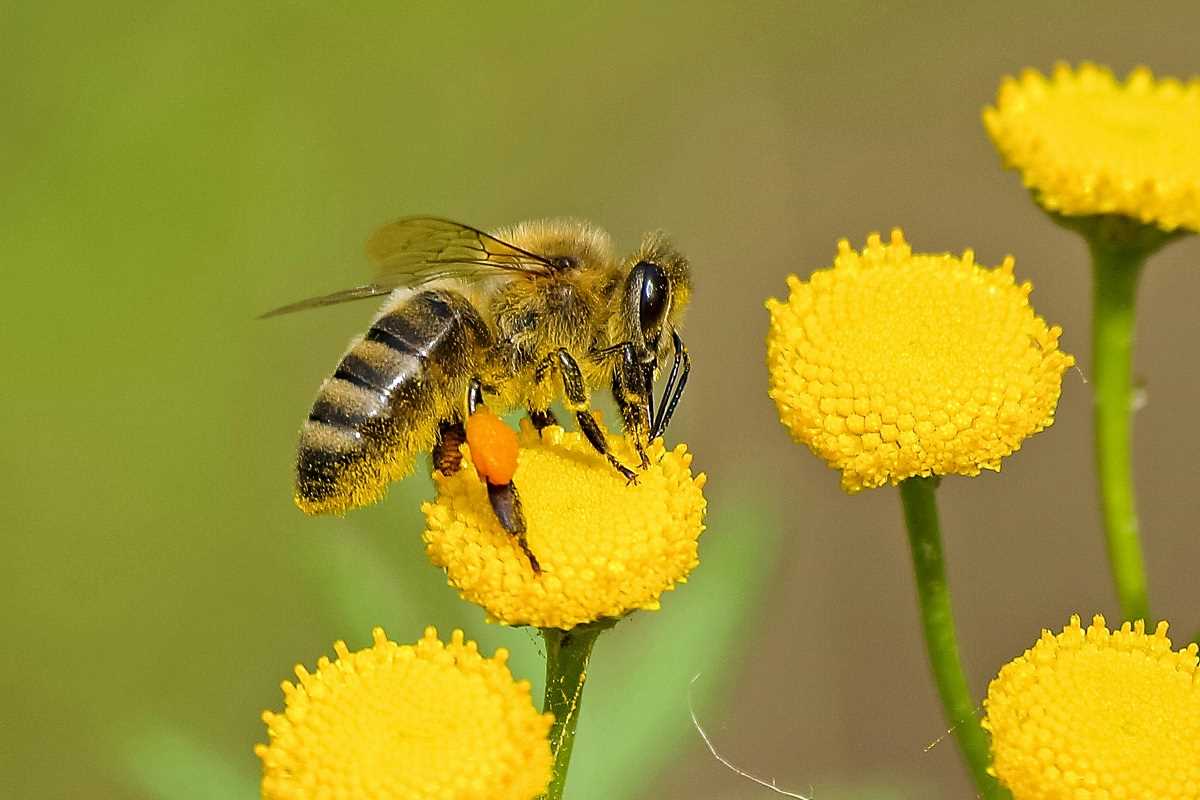 (Image via
(Image via